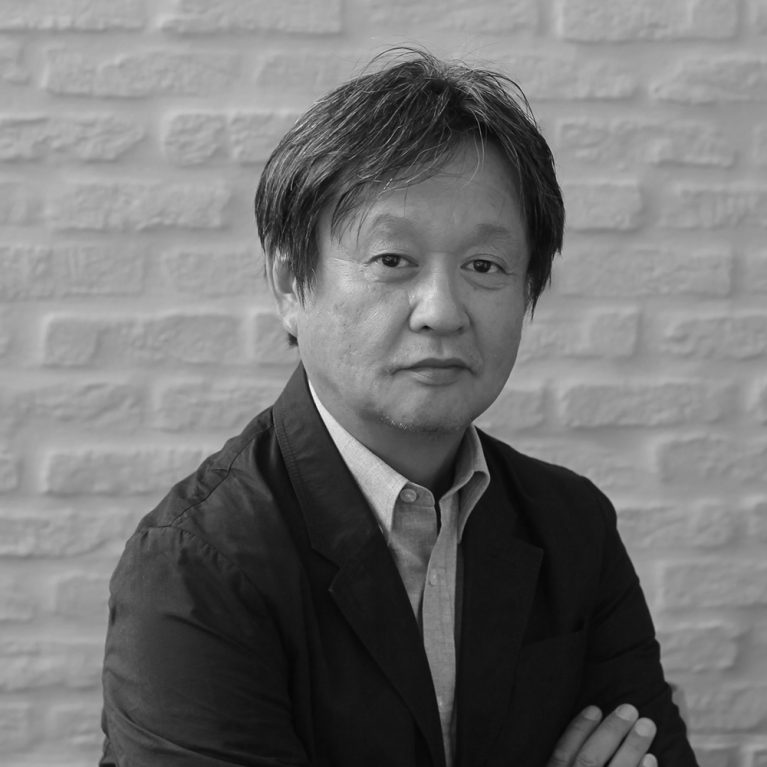interviews
Naoto Fukasawa’s Milan
I visited Milan for the first time when I was 26 years old...

What are the origins of your relationship with Milan?
I visited Milan for the first time when I was 26 years old. By that time I had already been to lots of different international cities like London and New York, but when I first came to Milan, I felt that this city was different. My feeling was that Milan had a high-quality design life rather than a business design life, which is something I’ve perceived in other cities. People in Milan honestly care about the necessities of life – what they eat, what they wear and how they live. These kinds of things are fundamental key factors of life, and these three aspects in particular – food, clothes and lifestyle – are realised in a sophisticated way in the city of Milan. And it’s not just about a limited group of people who live like this, as in other places around the world. Instead, here in Milan it’s about the entire city, both young and old people, who have a high-quality sense for living their daily lives. This culture of Milan left a very strong impression on me as a young designer. From the point of view of everyone who lives outside Milan, this approach to life seems very special. There’s almost something magical about it, like a lifestyle to look up to and emulate. But for the Milanese, it’s just the normal way of going about their existence, and that’s really impressive for the rest of us. Via della Spiga was one of the areas that stood out in my mind. It has a charmingly Milanese feel about it.
What is your favourite historical building in the city?
My office in Milan is located along Via Antonio Canova in the Sempione district. It really is a fantastic position with the surrounding city context, which also includes a view overlooking the Arch of Peace. When I stay in Milan, every morning I enjoy going for a run in Parco Sempione [Monumental Milan], which is just a stone’s throw away from my office. There’s a great atmosphere in the park and it helps me to start my day in an ideal way.
What do you normally do when you are in Milan?
The garden of the Bulgari Hotel is one of the places I used to go to quite often to spend some leisure time. The building and its surrounding garden create a really special ambience, and I find it very enjoyable.
Is there a shop in Milan where you buy special items?
I must say that when I come to Milan I’m always on the lookout to purchase some great shoes or a new bag. And Milan certainly lives up to its reputation when it comes to leather goods and fashion.
What is your favourite cafe, bar or restaurant in Milan?
Eating or drinking in this city is never much of a problem because there are so many good restaurants and bars. However, one place in particular where I like to go to is the Torre di Pisa restaurant. Apart from the food, there are always lots of people who gather there. Whenever I go there to get a bite to eat, I always bump into someone I know because it’s a favourite haunt for lots of designers.
Which new buildings have transformed of the city?
The last time I visited the city of Milan, I went to the new building designed by Herzog & de Meuron, the Fondazione Giangiacomo Feltrinelli [The rising City]. They’ve constructed a huge structure in the centre of Milan to host a research centre and offices. It’s actually a very rare case, because usually in the centre of Milan the buildings are more often historical and old. But in spite of that, they chose to place this new piece of architecture precisely in the centre where it’s surrounded by old buildings. I was quite impressed by that decision. It’s a great challenge to set about building a new architectural scenery in such a historical area where it’s practically impossible to break or change anything.
What would you transfer to Milan from another place?
It’s not easy to say what Milan is missing. Maybe it’s easier to say what Milan should keep. In my personal opinion, I think the city should try to maintain its small traditional stores, which I like very much. When I was young I visited the shopping streets around the Piazza del Duomo and Piazza San Babila.
There are so many chain stores in that area, and I felt that these kinds of shops weren’t aligned with the sense of Milan’s traditional stores. It was almost like those brands were interfering with the city’s high-quality standards.


